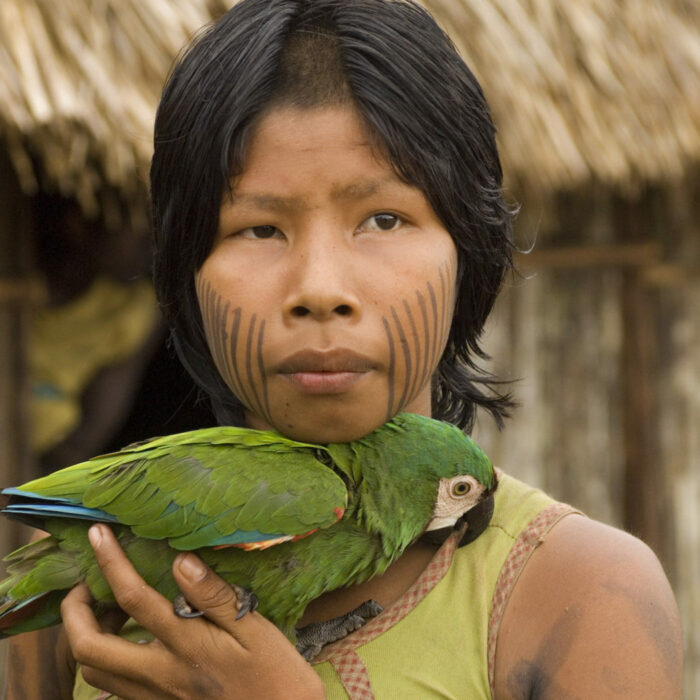
India
India is home to 1.3 billion people and 8% of the world's most biodiversity, placing it among the most mega-populated and megadiverse countries. For these reasons alone, advancing protection for...

Kavango
Many of the case studies for Nature Needs Half have involved an area within a defined political jurisdiction at the national, provincial or city level. It is important to note...

Kayapo
As criminal extractive industry undermines the ecological foundation of the Amazonian rainforest, the Kayapo defense of traditional lands is a glimmer of hope for the last large block of southeastern...

Namibia
Namibia’s protected area system is one of the most comprehensive in the world (covering over 42% of Namibia’s land mass and 12,000 km2 marine protected areas) and sustains healthy human...

Tasmania
By creating a reserve network that protects 45% of its total land area, 7.7% of its marine coastal environment, and 45% of its forests, Tasmania has established a steadfast commitment...